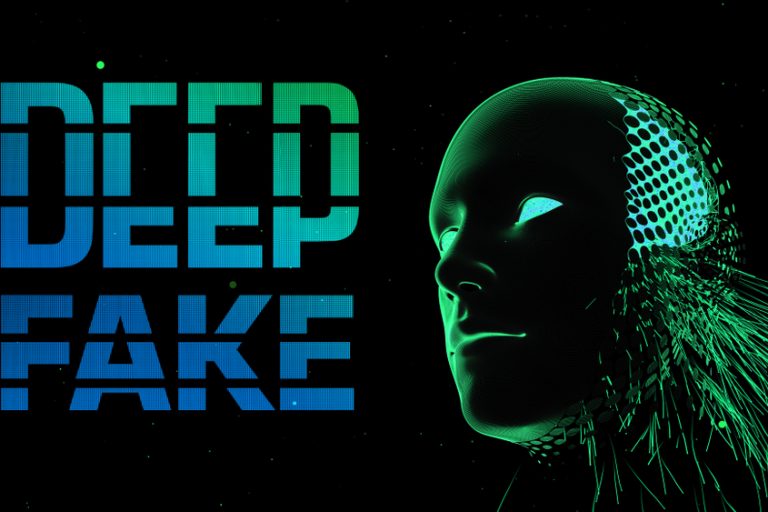My Three Cents

Ken Makovsky
Tuesday, October 28, 2014I find a lot of joy and purpose in my work — I believe that I am contributing to positive changes in the health and lives of others. I’m no doctor, that’s true, but my perspective has always been that communication – both on a macro and micro level – is an essential component of patient care.
Ensuring that patients and caregivers have access to needed information is critical in today’s environment. Patients are increasingly involved in their own care, so guiding them to trustworthy and pertinent information impacts outcomes directly. That reality places communicators – whether PR professionals developing educational content behind the scenes, or healthcare providers discussing treatment with patients face-to-face – squarely at the nexus of care and support.
In fact, a recent session at the European Society for Medical Oncology Congress explored the challenges of communicating diagnoses, progress, outcomes and outlook with patients in the digital age. Specifically, discussion centered on the issues that arise when patients get information online, from trusted – and less-trusted – websites: patients tend to compare themselves to anecdotal experiences of others, when each treatment plan is unique; the informed patient tends to self-diagnose and self-assess along the treatment journey, which can result in unrealistic expectations for treatment outcomes; and patients frequently ask doctors to verify information and assess whether certain websites are valuable or not – which is not the doctor’s expertise or best use of time.
The concept of “information overload” captures the communications environment that our team must navigate with clients. As my colleague Tom Jones recently wrote, “Patients have increasing access to, and the savvy and desire to find, healthcare information.” (Read more about creating programming “by the patients, for the patients” here.) Certainly, the migration of health resources and social networks to the Web is a wonderful opportunity. Patients are able to learn about new therapies, better understand medical conditions, and create online communities to share experiences and support each other. There are a wealth of online resources that provide excellent information to this end. The difficulty lies in establishing the trustworthy sites, whether or not those overlap with the popular or preferred online locations for information, and making sure that accurate information gets in front of the right patient.
Our annual Pulse of Online Health Survey, in partnership with Kelton Global, revealed important trends in the top sources of health information online and how consumers use health information online:
- Nearly half (47%) of US consumers use online health information findings to make health-related decisions on their own.
- WebMD is the most popular online health resource (62%), followed by Wikipedia (25%), advocacy organization websites and health magazine websites (16% each), and pharmaceutical company websites (12%).
- The recommendation of a healthcare professional is most influential in persuading respondents to visit a pharma-sponsored website (55%), followed by the recommendation of a friend, family member or colleague (35%).
So, while increased access to information is empowering – connecting patients with answers to questions, and to the advice and support of other patients experiencing the same condition – it still requires navigation. That’s where we as communicators can make a real impact in public health – helping patients learn, get involved, and feel empowered to discuss health concerns with their doctors.
-Rachel Saffitz











